
Benefits of a sleeping sack

First of all, what is a baby sleep sack?
A baby sleep sack is a safe and cozy way for babies to sleep. It is essentially a wearable blanket that replaces loose blankets in the crib, reducing the risk of suffocation or entrapment. Sleep sacks come in all shapes, sizes, and materials, from cotton to fleece and even bamboo. They also feature different closures such as zippers, buttons, or snaps for easy on-and-off changing. By keeping your baby warm without using any extra blankets or covers, these sacks can help ensure your little one stays comfortable throughout the night.
Baby sleep sacks, also known as wearable blankets or sleep sacks, are a popular and safe way to keep your little one warm and cozy while they sleep. They are designed to replace loose blankets in the crib, which can be a suffocation hazard for infants. However, knowing when to start and stop using a sleep sack can be confusing for new parents.
It is an alternative to traditional blankets, which can be dangerous for infants as they can become tangled or cover a baby’s face, increasing the risk of suffocation. Sleep sacks have become increasingly popular among parents and caregivers as a safe way to keep babies warm at night.
It is recommended to start using a baby sleep sack when a baby is placed in a crib or bassinet to sleep, typically around 6 months old when a baby is able to roll over on their own. However, it’s always best to consult with a pediatrician before using a sleep sack to ensure it is safe for your baby. In addition, it’s important to note that sleep sacks should not be used as a substitute for proper supervision. Babies should always be placed on their backs to sleep and parents should always check on their babies frequently, especially during the first few months of life.
Additionally, it’s important to keep in mind that sleep sacks are not meant to be used as a substitute for proper supervision. Always place your baby on their back to sleep and make sure to follow all recommended safe sleep guidelines.
In summary, sleep sacks are a safe and convenient way to keep your baby warm and cozy while they sleep. They are generally recommended to start using around 8 weeks old and to stop using around the age of 1 or when your baby starts to show signs of being able to roll over or crawl out of it. Always follow safe sleep guidelines and make sure to choose the right size and weight for your baby.
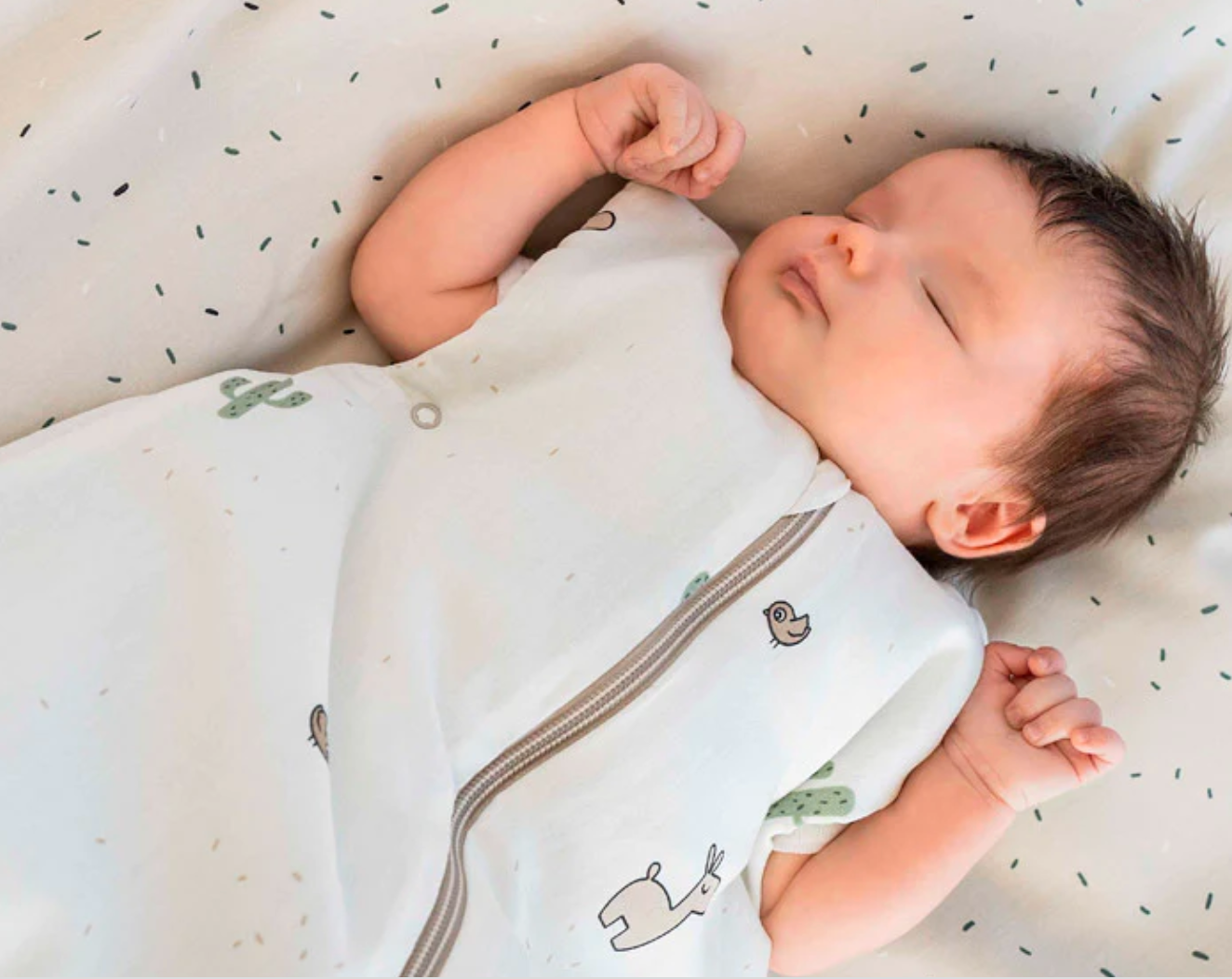
When to Start Using a Baby Sleep Sack:
Most often, parents will choose to use a swaddle with their newborns. Swaddles are ideal because it wraps firmly around your baby to provide them warmth and comfort while preventing them from wriggling free. It is believed that newborns sleep so well in a swaddle because it reminds them of the snugness of the womb.
However, once a baby shows signs of rolling over on their own (which can be as early as two months), the swaddle is no longer the safest option. This is because if an infant rolls onto
their stomach and is unable to use their arms to roll back, it increases the risk of suffocation. It is time to do something different! Again, this is when the easy transition sleep sack comes in handy!
Most parents start using a sleep sack after their little ones have started to transition from the swaddle. A sleep sack is a bodysuit made of a blanket-like material with a hole for your baby’s head and two holes for their arms. With this loose-fitting “sack”, your little one is able to move their arms and legs more freely while still somewhat restricting their mobility.
It is generally recommended to start using a sleep sack when your baby reaches about 8 weeks old. This is around the time when they are starting to develop the ability to roll over, and loose blankets in the crib can become a safety concern. Before 8 weeks, it is generally recommended to use a swaddle blanket to keep your baby secure and warm.
It’s also important to note that sleep sacks come in different sizes and are designed for different stages of your baby’s development. You’ll want to make sure to choose the right size and weight for your baby. For example, a newborn sleep sack will be smaller and lighter than one designed for a 6-month-old.
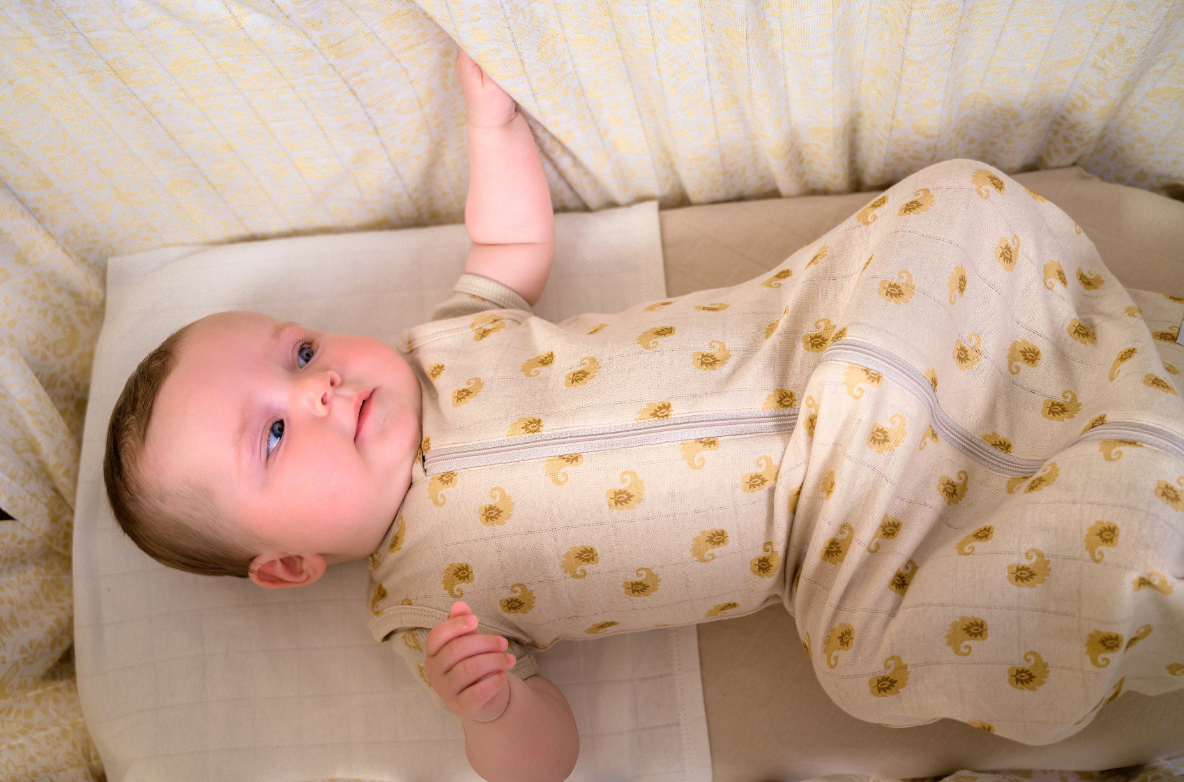
When to Stop Using a Baby Sleep Sack:
Just like with the swaddle, the time will come for babies to transition out of the sleep sack. There are a couple of factors that go into parents deciding when to stop using a sleep sack.
First, a baby’s size. Most sleep sacks range in size from premature to extra large, with XL sleep sacks accommodating little ones who weigh up to 36 pounds and measure up to 40 inches long. When baby’s reach this limit will vary—some might get there as early as 18 months and others not till 2 years old. Regardless, if the largest sleep sack no longer fits, it’s time to consider a transition out of the sleep sack.
Comfort
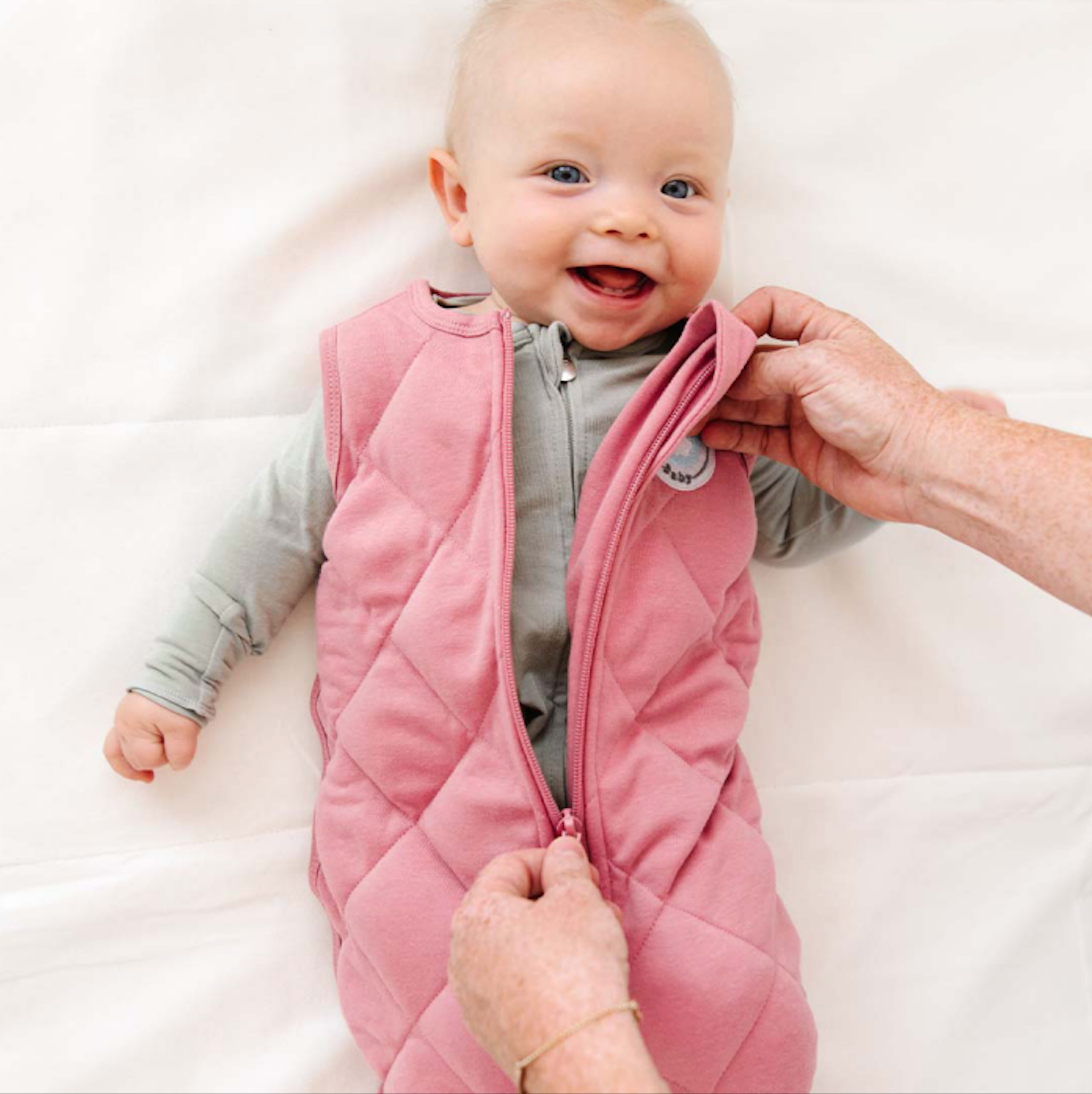
Your baby’s comfort level with the sleep sack will also play a role in how long they wear it. Some babies love the security of a wearable blanket and want to wear it as long as possible. Others, with their new found mobility, will be constantly trying to break free. If your baby is starting to seem uncomfortable in the sleep sack or fights putting it on in the first place, it might be time to consider transitioning to something else.
You’ll also want to look at it from a safety point of view. The AAP recommends against using loose blankets in your child’s crib for the first year. With this in mind, many parents
tend to use sleep sacks up at least until their child’s first birthday and some use it well into toddlerhood.
It is generally recommended to stop using a sleep sack when your baby reaches the age of 1 or when they start to show signs of being able to roll over or crawl out of it. This age can vary depending on your baby’s development.
It’s also important to note that some babies may be able to roll over or crawl out of a sleep sack sooner than others. In this case, it’s important to stop using the sleep sack and transition to a different type of sleepwear, such as a footed pajama. It’s also important to note that as the baby grows, you will have to move to bigger sizes of the sleep sack.
DIFFERENCE BETWEEN A SWADDLE AND A SLEEP SACKs
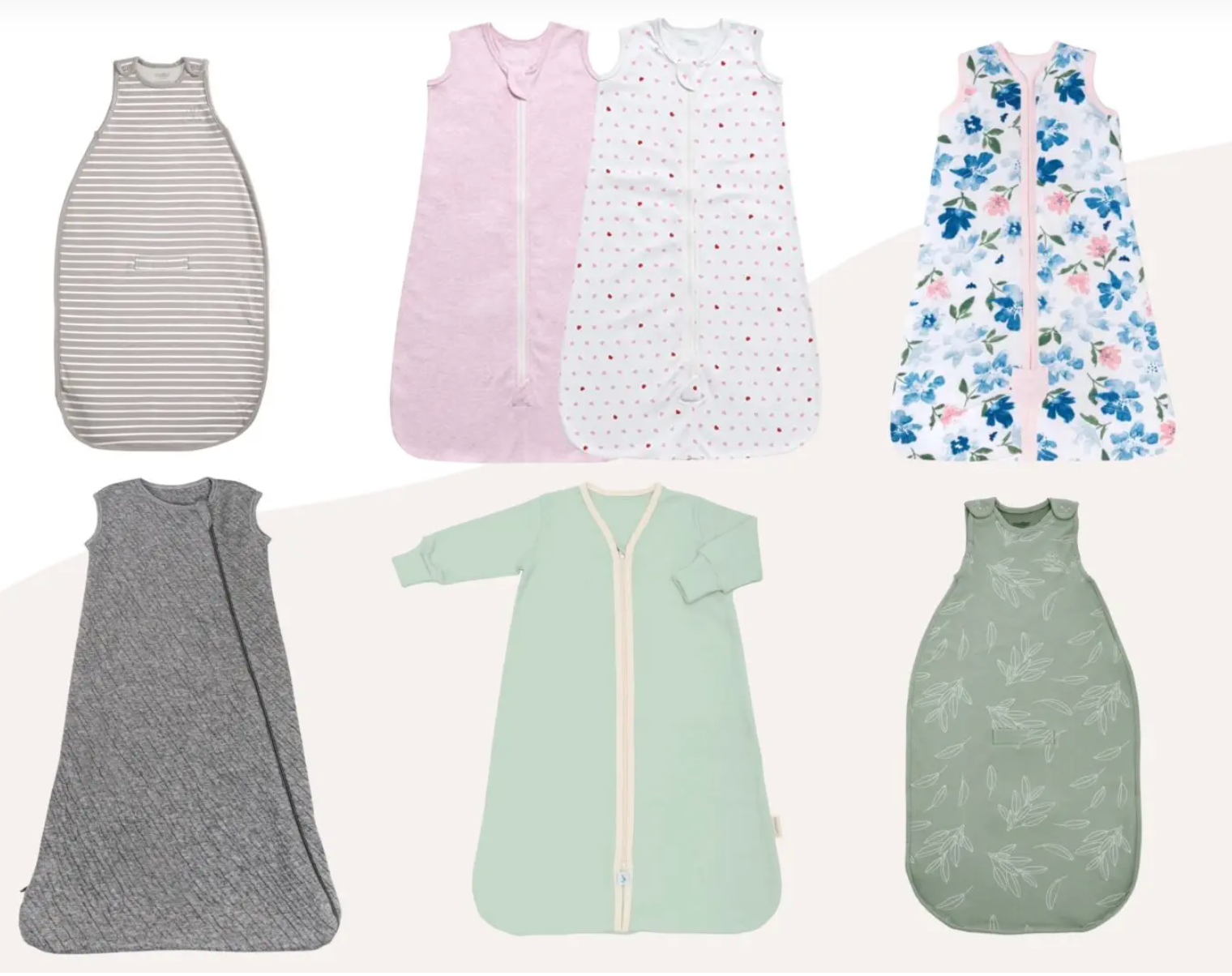
It’s important to know the difference between a swaddle blanket and a sleep sack, as well as how and when to use each, as you figure out what to add to your baby registry or purchase yourself during those early newborn days.
A swaddle blanket is a blanket that’s designed for swaddling your newborn. Swaddling is a way of wrapping a blanket securely around your baby so they can’t wriggle out. ““`
Swaddling is great for a few reasons:
1.It keeps your baby feeling safe and secure, mimicking the tight feeling they experienced in the womb.
2.It prevents the newborn startle reflex from waking them up. (That’s what’s happening when you see your little one’s arms or legs jerk suddenly in their sleep.)
3.It keeps your little one warm without loose blankets.
There are two basic types of swaddles, traditional and 2-in-1s. A traditional swaddle blanket is a large, thin blanket, usually made of a soft, stretchy fabric like muslin, cotton or bamboo. Two-in-one swaddles let you wrap your little one snugly or leave their arms out. They often come with features like snaps, zippers or Velcro that help make swaddling easier and ensure the swaddle stays secure.
A sleep sack is like a mini sleeping bag for your baby and toddler. Sometimes also called a wearable blanket, a sleep sack is another alternative for keeping your little one warm without
using loose blankets in the crib. Sleep sacks are usually made of cotton, fleece or wool and feature zippers and snaps for easy on and off.
REASONS WHY YOU SHOULD USE A SLEEP SACK:
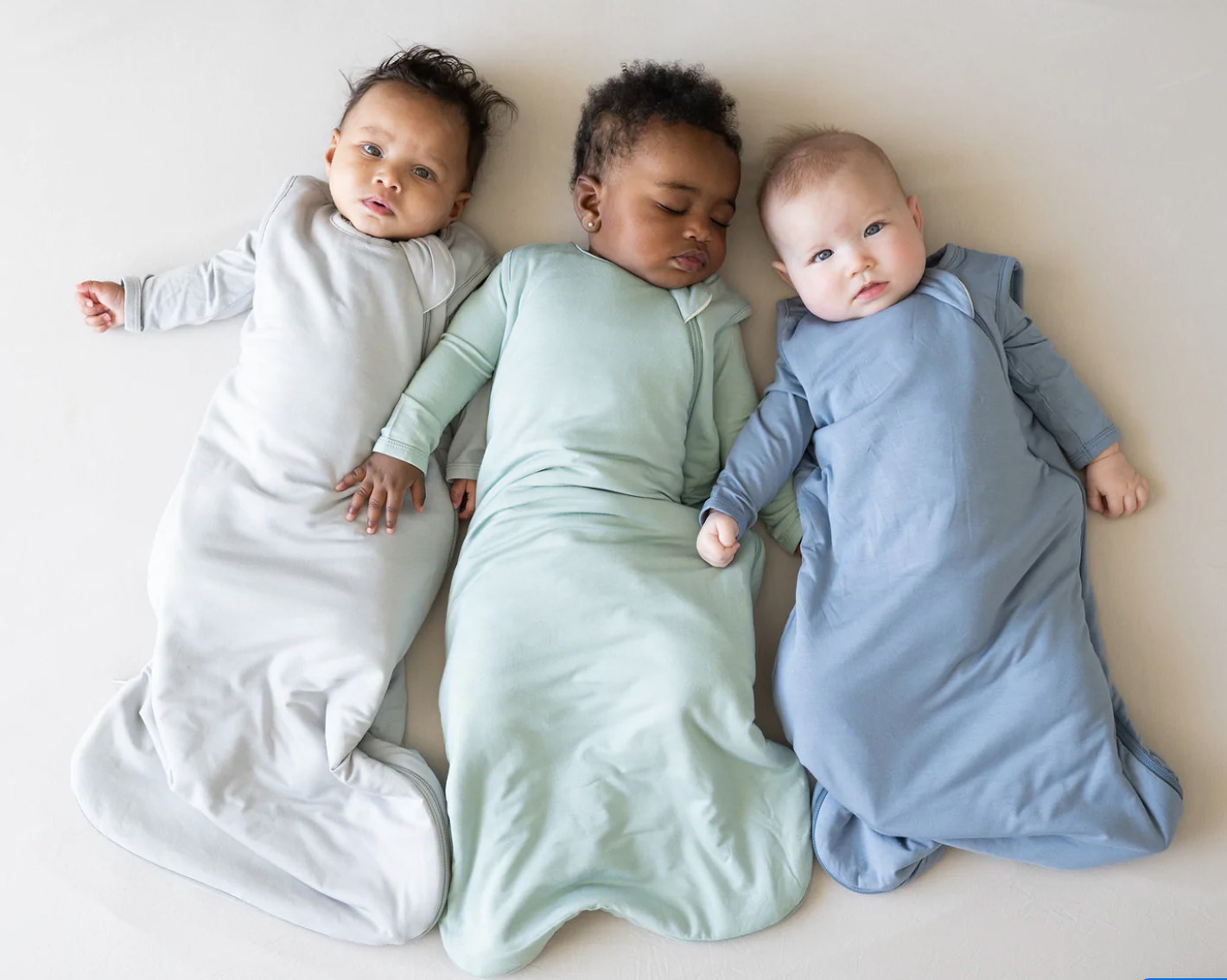
1. Safe Sleep
The American Academy of Pediatrics (AAP) recommends no loose bedding or blankets in a baby’s sleep environment. Effectively the baby sleeping sack removes a possible SID risk associated with using loose blankets – even cellular ones.
Loose bedding can easily cover your baby’s face, resulting in suffocation or carbon dioxide re-breathing. The AAP guidelines are my holy grail when it comes to safe sleep so if they say no loose bedding I advise following their advice.
2.They keep the baby warm and snug
Very often I find that parents are concerned about their baby being cold at night. A baby sleeping sack helps to tick that box of doubt. Effectively the wearable blanket stays with your baby as they move and the risk of them being kicked off or their legs getting cold is taken away. There are different tog sleeping sacks available across the brands so you can choose a weight that suits the weather that you are experiencing at that time. I recommend using a 2.5 tog in winter and a 1 tog in summer! Bear in mind that I live in Massachusetts USA where the weather is always changing.
I find the use of a sleeping sack means that tending to the baby during the night is nice and settled. You are able to do everything while keeping them in their sleeping sack – even a nappy change! I recommend that if your baby requires changing at night you look to sleeping sacks that zip at the bottom and up the side rather than up the front for easy access! Keep them in their sack while feeding, settle them and snuggle them – then back into their sleep environment, they go without any fuss.
3. Important part of a bedtime routine
Remember that consistency is key when it comes to helping a baby achieve your family’s sleep goals. By including a sleeping bag in their sleep routine you are including a stepping stone that they will recognize and will give them the signals that sleep is coming.
4. They can assist in a baby sleeping through the night
They help keep your baby at the right temperature. They aid in keeping nighttime tending nice and settled and they can form an important part of a bedtime routine. With all of these important areas met your baby is less likely to fight sleep and sleep more comfortably and get closer to sleeping through the night or achieving your family’s sleep goals.
BEST SLEEP SACK TO USE:
When choosing a baby sleep sack, it’s important to consider the material, size, and safety features. A good sleep sack should be made of a soft, breathable cotton blend and has a secure bottom zipper to prevent the baby from slipping inside. Other features to look for include adjustable straps, a roomy design that allows for movement, and a TOG rating that corresponds to the temperature of the room. It is always recommended to check the safety guidelines set by the American Academy of Pediatrics (AAP) while selecting a sleep sack for your baby.
The American Academy of Pediatrics recommends that infants be placed on their backs to sleep and that soft bedding, including loose blankets, should be avoided to reduce the risk of sudden infant death syndrome (SIDS). Sleep sacks are designed to be worn over a baby’s pajamas and provide warmth without the risk of loose blankets. They can be used in a crib, bassinet, or even while being held by a parent. There are different types of baby sleep sacks available on the market, including ones made of cotton, fleece, or a combination of both. Some sleep sacks have a zipper or snap for easy dressing, while others have an inverted zipper to make diaper changes easier. Sleep sacks come in a variety of sizes, with options for infants, toddlers, and even older children. When using a sleep sack, it is important to ensure that the fit is snug but not too tight. The sack should not be too long and should not cover the baby’s face. It is also important to follow the manufacturer’s instructions for proper use and care.
Benefits of sleep for parents
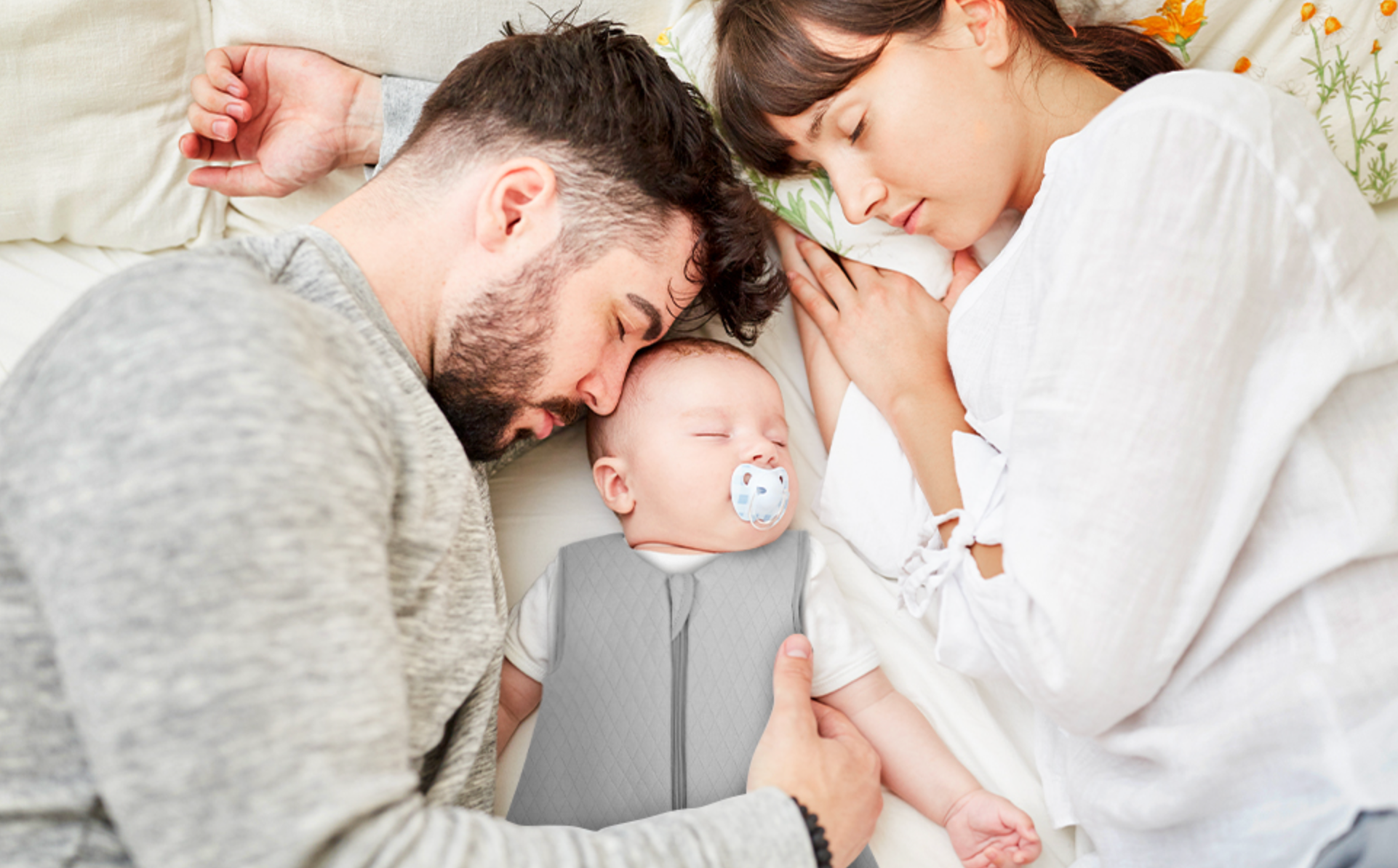
Sleep is the most important part of living a healthy life, yet many of us fail to get enough sleep on a regular basis. Getting adequate sleep has numerous benefits, physical and mental, that can help us feel more energized and productive.
Benefit of sleeping for Babies
Sleep is essential for all humans and incredibly important for babies, as it promotes both physical and mental development. Babies who sleep well tend to have better cognitive abilities, increased motor skills, improved emotional regulation, and stronger immune systems. Additionally, a good night’s rest can help babies develop healthy sleep habits later in life.
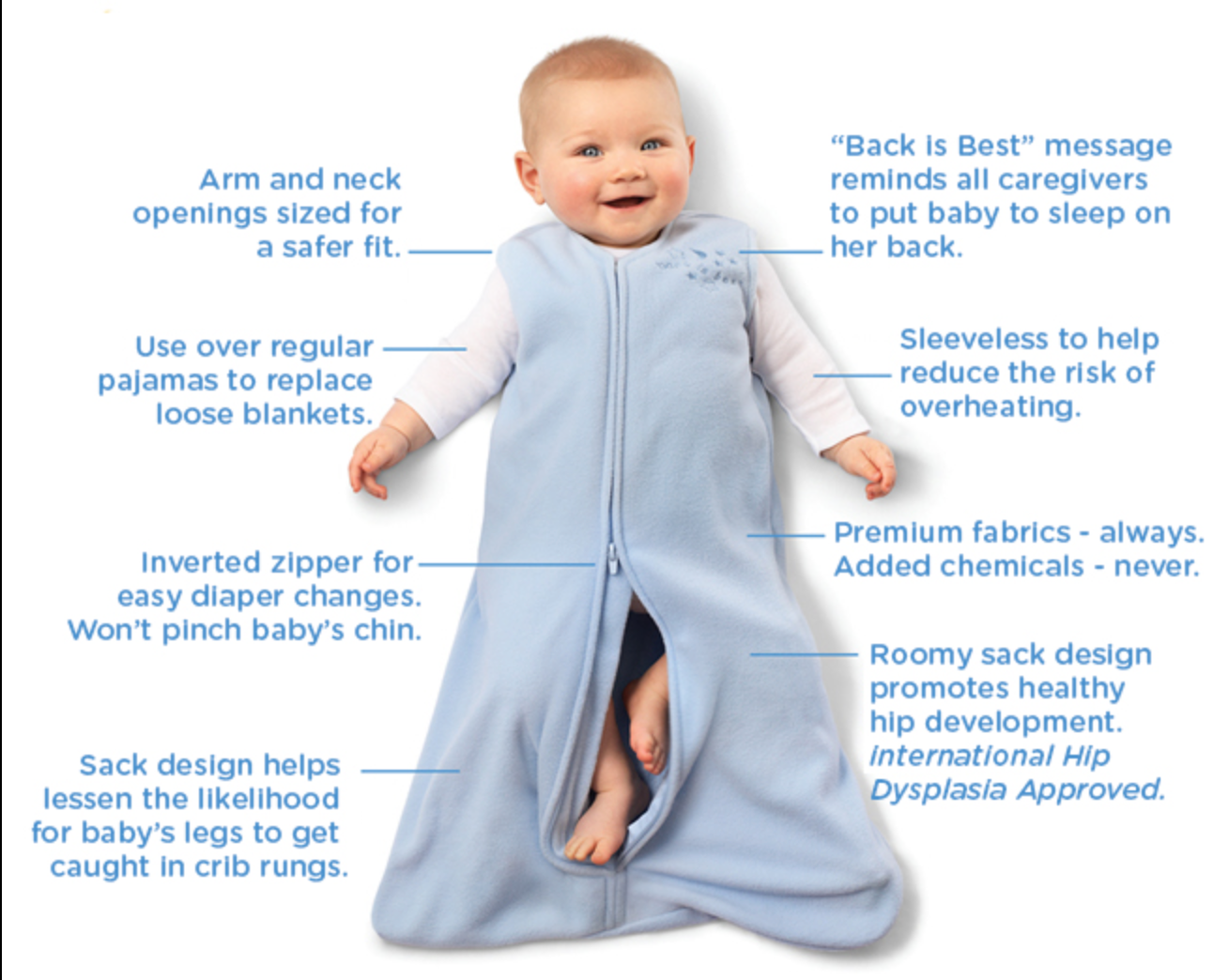
SLEEP SACK SIZING TIPS
| Age | Height | Weight |
|---|---|---|
| Premature infants | 14 – 19 in (36 – 48 cm) | Up to 5 lbs (2 kgs) |
| Newborn (0 – 3 months) | 19 – 23 in (48 – 58 cm) | 5 – 10 lbs (2 – 4.5 kgs) |
| Small (0 – 6 months) | 23 – 26 in (58 – 66 cm) | 10 – 18 lbs (4.5 – 8 kgs) |
| Medium (6 – 12 months) | 26 – 30 in (66 – 76 cm) | 16 – 24 lbs (7 – 11 kgs) |
| Large (12 – 18 months) | 30 – 35 in (76 – 89 cm) | 22 – 28 lbs (10 – 13 kgs) |
| Extra large (18 – 24 months) | 35 – 40 in (89 – 101 cm) | 26 – 36 lbs (12 – 16 kgs) |
| 2 – 3 Years (2T – 3T) | 30 – 40 in (76 – 101 cm) | 25 – 40 lbs (11 – 18 kgs) |
| 4 – 5 Years (4T – 5T) | 40 – 46 in (101 – 117 cm) | 30 – 50 lbs (13.5 – 22.5 kgs) |
Conclusion

As a mother of 3 who used sleep sacks with all my little ones, I can reassure you that sleep sacks are a great way to help your little one sleep through the night and be more comfortable during their naps. They can keep babies snug and warm, so they don’t wake up cold or out of comfort. There is an endless variety of sleep sack options available, ranging from flannel to lightweight fabric, so you can find the best option for your baby’s needs. It is essential for parents to invest in a quality sleep sack to ensure that their baby has the best and safest sleeping environment possible. Sleep sacks keep your baby snug, and most babies love feeling cuddled. Think about it: They just spent the last nine months warm and curled up. Outside of the womb, they find comfort in being held or swaddled. Sleeping bags are sometimes more convenient than swaddles. Instead of having to wrap your baby in a swaddle or receiving a blanket multiple times a day, sleep sacks let you tuck them in quickly.




